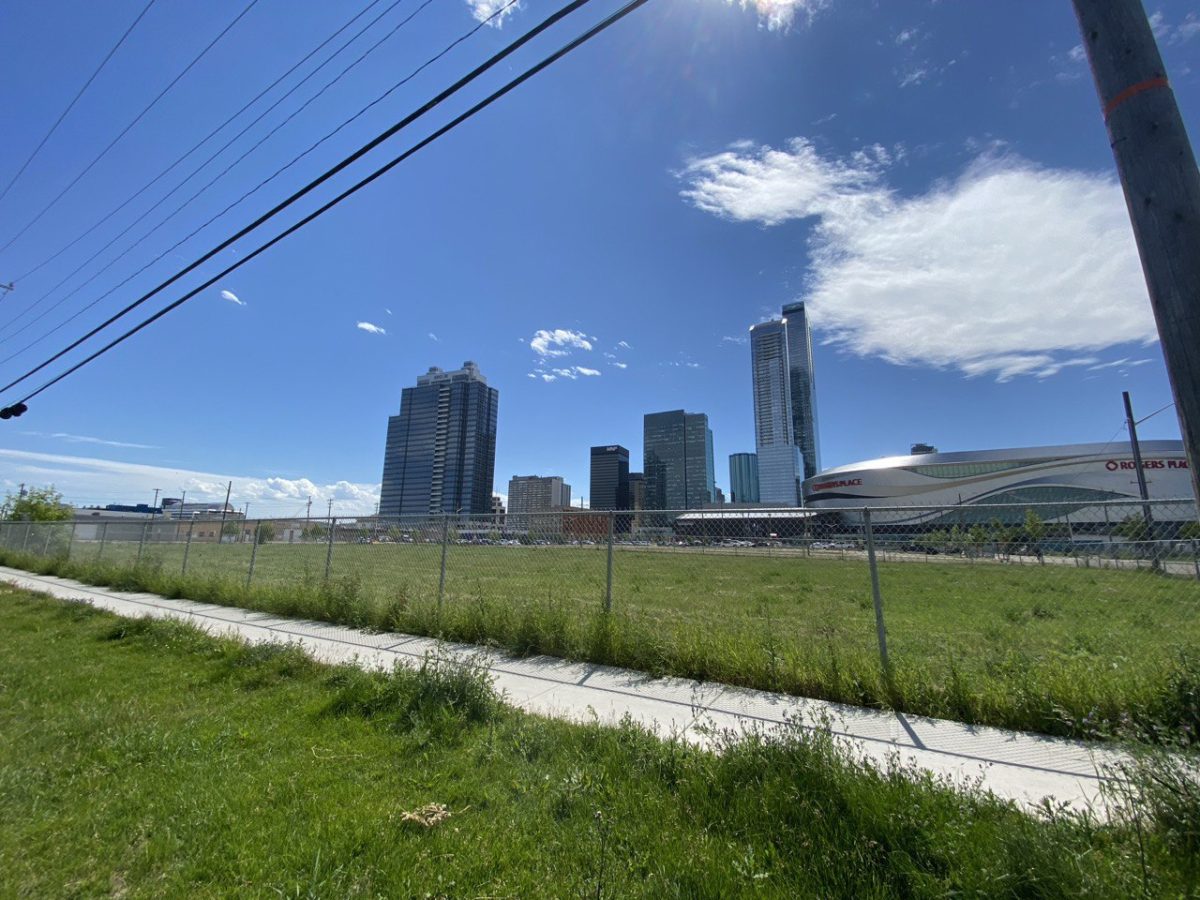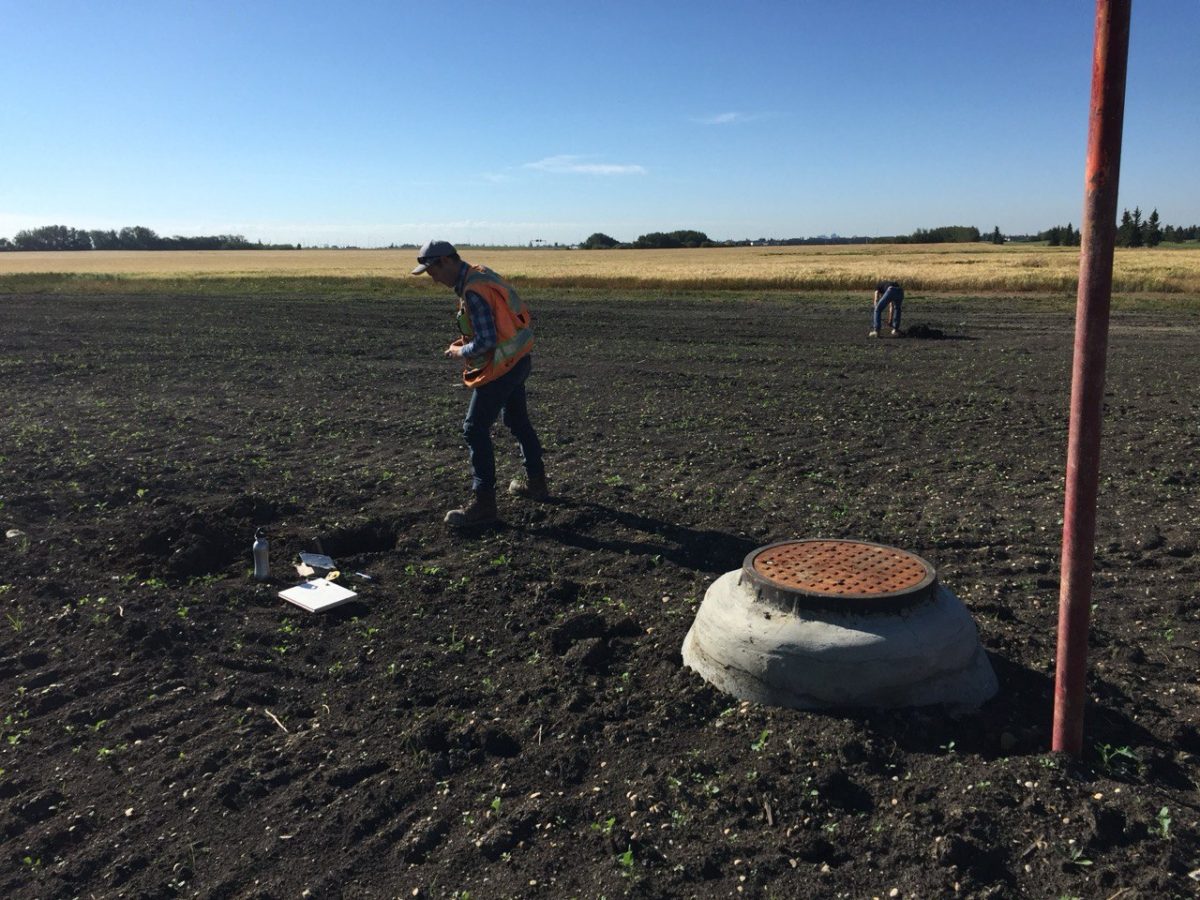Q&A: Expert appraiser on Edmonton’s booming real estate market and growth factors
By Avalina Zenari on March 10, 2025
Shayne Maynard, principal of DEMA Land Services, is an expert in land evaluation and appraisal. He holds the Accredited Appraiser Canadian Institute (AACI) designation from the Appraisal Institute of Canada and has extensive training in the Canadian Uniform Standards of Professional Appraisal Practice (CUSPAP). With experience in valuations for urban development lands and agricultural properties, he provides insight into Edmonton’s evolving real estate landscape.
Q: What’s driving development in Edmonton?
A: Development is guided by the highest and best use of vacant land, based on legal permissibility, physical feasibility, financial viability and maximum productivity. Right now, industrial spaces, commercial sites and multi-family housing are in high demand. Logistics hubs are thriving, and land repurposing is a key trend. Infrastructure, including deep services and existing subsurface elements, plays a significant role in determining potential land use. City and provincial planning also shape development, as seen in the Anthony Henday Drive corridor, where land was acquired decades in advance.
Q: What physical attributes make Edmonton land attractive?
A: South Edmonton is a prime location due to its flat terrain, accessibility and proximity to major transportation routes like Calgary Trail and the Anthony Henday. These factors make it ideal for industrial and commercial development. Mixed-use developments are also growing, combining residential, transit and retail spaces, such as ground-floor commercial units in high-density housing projects.

Q: How is Edmonton maximizing land use?
A: The goal is to achieve peak productivity and value. Blatchford is a prime example, transforming from an airport into a mixed-use community. The NAIT South Campus pivoted from educational use to warehousing. Strategic redevelopment and data-driven decision-making ensure land is utilized effectively.
Q: What are the financial trends in Edmonton land deals?
A: In 2021, commercial land sales totaled $63.45 million across 23 deals, including a $12.5-million sale on Calgary Trail. Multi-family land sales surged 38% to $106.54 million. By 2024, multi-residential properties added another $75 million in value over 2023, surpassing $1 billion for the first time. Consistent returns continue to drive investment.
Q: Who are the key players in the market?
A: Industrial firms, retailers, and housing developers are heavily involved. Investors, logistics companies and builders are also contributing to Edmonton’s population-driven growth. In 2024, owner-users played a significant role in industrial and office spaces, shaping the city’s development.

Q: When is the best time to invest in Edmonton land?
A: Market timing is crucial. In 2023, residential land sales rose 15% in value, but per-acre prices fell 31% to $201,650, presenting opportunities. In 2024, land sales totaled $432 million across 135 deals, down from 2023’s $575 million but still above pre-pandemic levels. Rental demand and absorption rates influence market conditions, making trend analysis essential.
Q: What is the current market cycle indicating?
A: In 2022, commercial investments reached $2.4 billion, a 27% increase, with land deals doubling in value. By 2024, total investments stood at $2.44 billion across 615 deals, down from 2023’s $3.24 billion. While industrial activity slowed, multi-family and office assets performed well. Office sales more than doubled 2023 figures, surpassing $208 million. The market remains active but is stabilizing.

For further insights into Edmonton land development, the City of Edmonton’s online mapping tool provides zoning details, imagery and future plans. Google Earth’s shapefiles and open data resources also offer valuable perspectives on urban growth.
